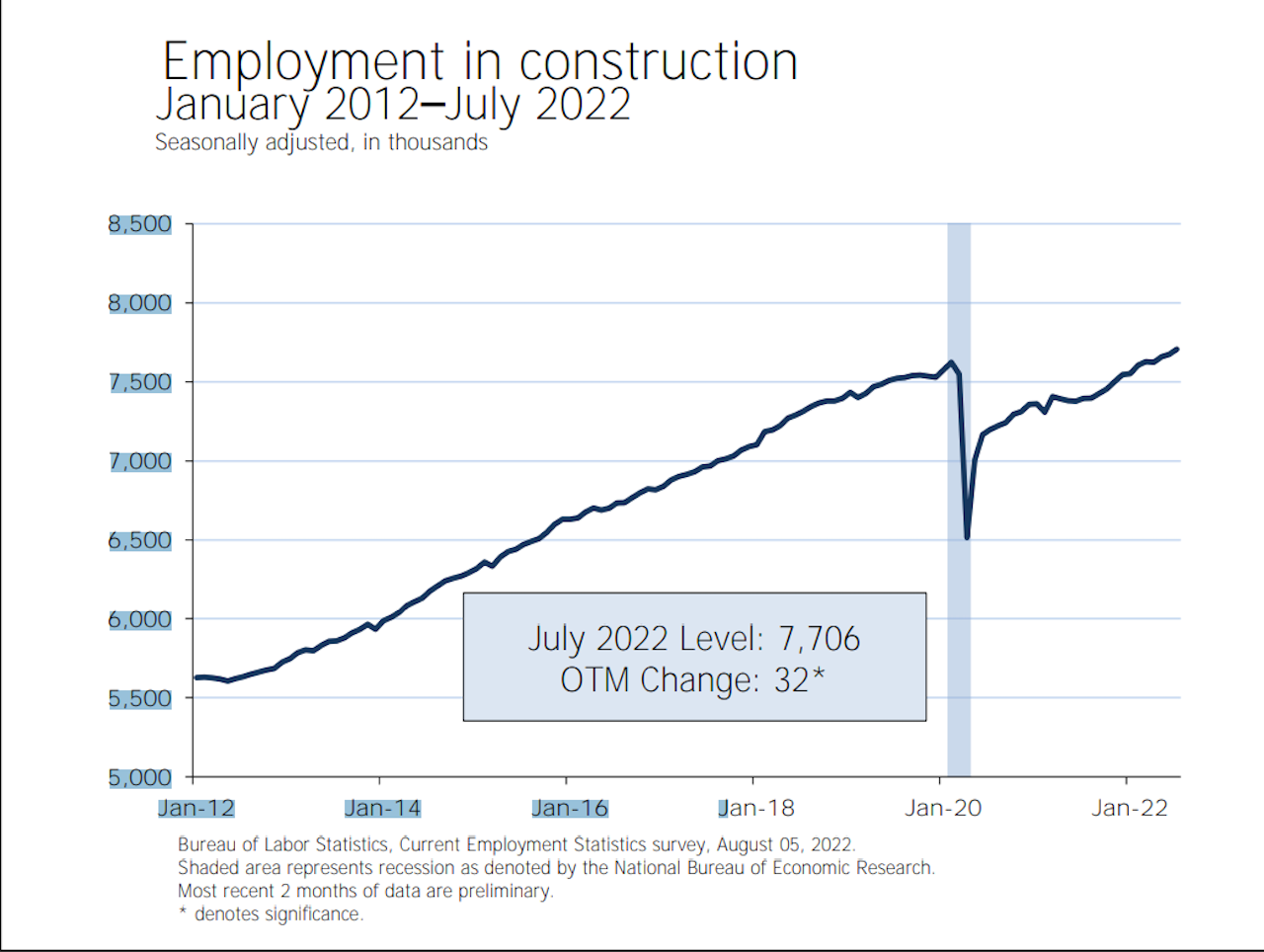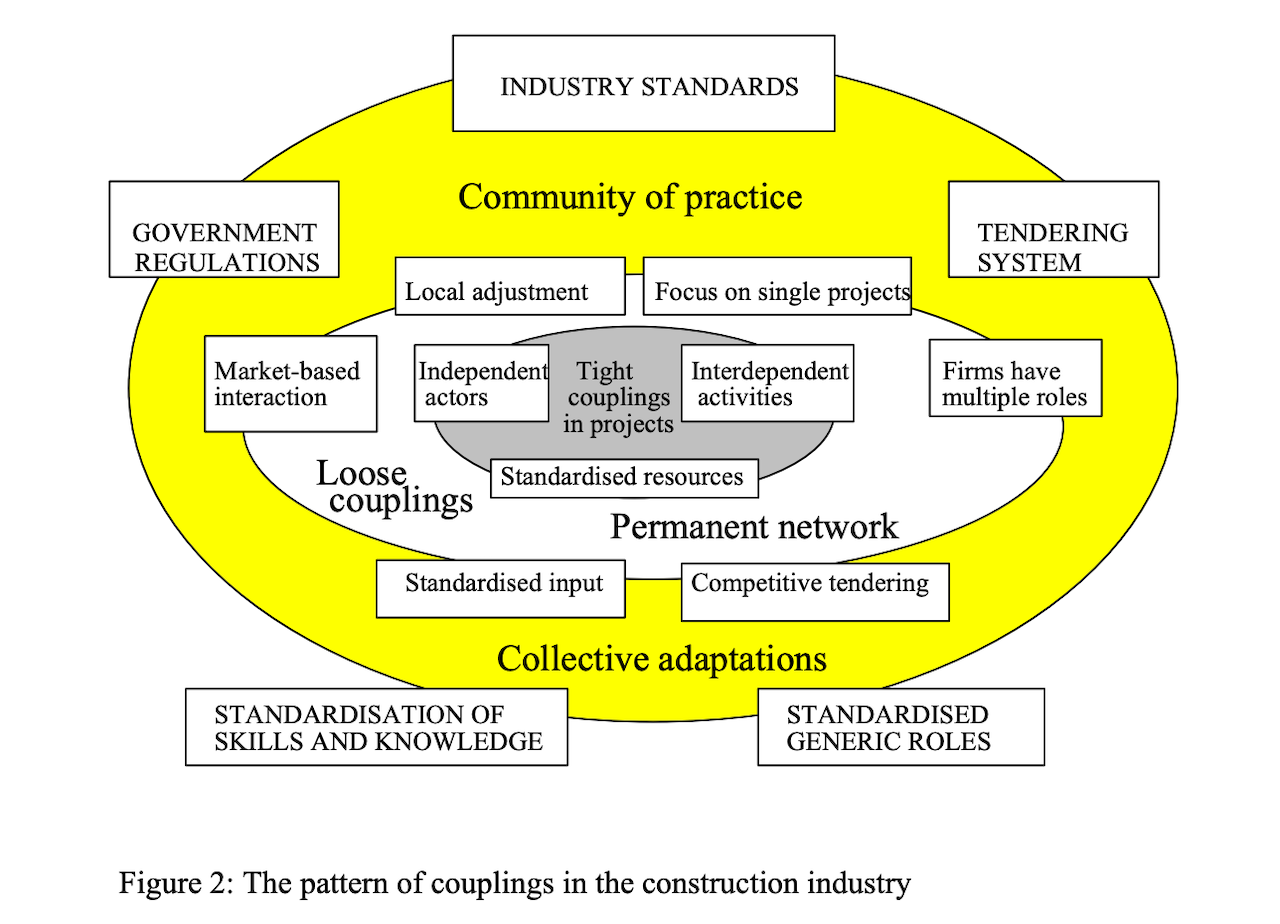Leadership
Mid-Summer Focus On Frontline Risk, Opportunity Through 2030
Among the moment's paradoxes: More, and more engaged and driven frontline talent is key to pricing, productivity, and profits in the near-term, as well as unimagined potential in the long-term for homebuilding.

To keep pace with mid- to late 2020s new residential construction growth, homebuilding's 1,000 or more strategic leaders well know one thing for sure. They need to alter the course and trajectory of human capability so that there's a better, more predictable, more efficient match between frontline skills and the pipeline of residential projects, market to market.
That's clear.
Further, what this means is that construction – unlike any other non-services and occupational field including agriculture – must step-change upward in employees and job creation while other manufacturing, mining, and other industrial sectors plateau or track downward due to automation, robotics, and other technological advances.
So much for the old news.
What's still news – or at least an unappreciated recognition – is that it's homebuilding successes and adaptiveness, not the business' failures, fragility, and rigidness that tend to thwart efforts, isolate pockets of progress, and ultimately limit the whole from improving outcomes for its countless separate parts.
Let's start with a common source of misunderstanding, three phrases used often to allege stagnancy and resistance to improvement.
"The way it is." "The way we do it." "The way we've always done it."
These three phrases – certainly in good times and especially when things get more challenging – stand as American homebuilding's punching bags.
The phrases and the stigma and ridicule they carry have knocked around in the business community's echochamber for decades.
Consider though:
- Homebuilders started 1,133,145 single-family homes in 2021. This non-seasonally adjusted count eclipsed the 2020 total by 14%, and clocked in at the highest total number of single-family starts since The Great Recession.
- A second high-water mark for an industry sector apparently mired in Dark Ages practices came through in the Labor Department's latest employment print: Namely, as per National Association of Home Builders director of Forecasting and Analysis Jing Fu, that:
Since the low point following the Great Recession, residential construction has gained 1,186,500 positions
A Bureau of Labor Statistics chart from the July employment trends release illustrates a negative-narrative-busting assertion that skilled frontline workers avoid homebuilding, construction trades, and specialty contracting occupations at all costs. The numbers look like this:

Now look, no one's claiming residential construction has the human capacity it needs. What we've written on that is here:
- "The construction industry needs more than 61,000 new hires every month if we are to keep up with both industry growth and the loss of workers either through retirement or simply leaving the sector for good," said Home Builders Institute president and ceo Ed Brady. "From 2022 through 2024, this total represents a need for an additional 2.2 million new hires for construction."
That level of hiring, recruitment, and engagement would roughly match skilled frontline worker capacity not seen since 2005-2006.

The lift is a challenge, and by any measure, the notion that construction can attract, train, retain, and launch 61,000 new entrants into the field per month over the next 24 months – far exceeding any non-service, non-agricultural occupation growth – may set expectations unreasonably high.
The reasons it's a hard challenge to generationally offset the number of people
a) aging or injured out
b) who returned to their countries of origin
c) who sought and found livelihoods in other fields
d) who haven't followed in their father's or mother's footsteps into building
e) who didn't get a taste of it in high school shop class
f) who weren't forced to get a good-paying summer job
g) who can find better-paying jobs in services fields
h) who are averse to long grueling hours on 100-degree job sites
i) who may not see a career or entrepreneurial pathway
j) who just spent the last six months in construction and don't like it ...
That's a quick 10, but let's cut to the chase, you and I know we could get to "z" and not have named all the reasons it's going to be hard to offset the missing human capital capability, conspicuous now and catastrophic going forward, to build America's new homes and communities in the years ahead.
Another whole array of lettered reasons in this day and age would likely have to do with "equity," and the exchange of values a new entrant into the residential construction field may require – beyond an hourly wage – to gain equity.
What's more, the stack of motivations next-generation career seekers may draw in in their consideration and decision set on other more business and community cultural factors than ever seemed to be the case before. Time will tell.
An "experience economy" mindset that appears to be placing ever-higher value on relationships vs. transactions has complicated what was before now a relatively simple variable-cost issue on the balance sheets of many of the firms now coming to grips with shortages – or misses – in predictable fee-for-completed-task exchanges.
The source of at least some of this difficulty – and a big chunk of the enormity of the 60k-new-construction-hires-per-month challenge – goes back to a track record of success, versus failure's power to force change.
Builders don't do the same thing and expect different results. They do the same thing and expect good results, and 2021 and the first few months of 2022 prove that anybody who accuses builders are stuck to their detriment by "doing things the way we've always done them" hasn't looked at their balance sheets.
They do them that way because that way proves time and time again to work well.
Now that's why it's success that's in the way of hiring lots more people into the construction fields, not systemic failures.
When it comes to improvement and expansion of "the pool" of human talent and capital and capability, micro success can add to and perpetuate a macro industry-wide risk and threat.
Remember "A Beautiful Mind" economist, mathematician, game theorist John Nash?
Nash thus established the mathematical principles of game theory, a branch of mathematics that examines the rivalries between competitors with mixed interests. Nash showed that for any finite game, all the players can arrive at an optimal outcome, known as the Nash equilibrium or the Nash solution, when considering the possible actions of the other players.
In homebuilding's case, "considering the possible actions of all the players," takes place within a superstructure Construction Physics' Brian Potter refers to as a "community of practice" – which essentially sets conditions for a zillion disparate and potentially counter-productive forces to add up as a Rube Goldberg mechanism that words. Potter cites an academic treatise, “The Construction Industry as a Loosely Coupled System”, by Anna Dubois and Lars-Erik Gadde, as his inspiration for the term. Dubois and Gadde write:

The complexity of the construction operations and the subsequent problem solving capability needed is perceived formidable. However, this problem is ‘in fact solved over and over again as new houses go up in their millions’.
In 2021, builders started 1.13 million single-family homes and by July 2022, builders and their partners managed to hit a milestone of having hired 1.2 million builders and residential specialty trade contractors into construction fields.
"The way we do it" – rather than being Einstein's definition of insanity – in this case is a way that continues to work. It's just that it may be working too well for its own good when it comes to attracting new talent and human capital into the sector.
A community of practice stands as a sustaining source of given wisdom and knowledge from proven experience. Alternatively, a center of excellence might bring Nash's game theory advantage, "considering the possible actions of the other players," into play in a solution that could impact the business community at large, and thereby improve economic and financial opportunities for its separate parts.
This is why we're so excited by the linkages The Building Talent Foundation – under the leadership of ceo Branka Minic – is creating among a wider need of stakeholders and influencers in homebuilding's ecosystem.
Forming and strengthening these linkages can break the "prisoner's dilemma" hold individual enterprises find themselves in, and create pathways along which they can both help themselves make money and help the industry tap into an expanded human capital pool make the entire competitive sector more valuable.
Join the conversation
MORE IN Leadership
Tri Pointe's Long Game Bets On Disciplined Growth, Not Speed
Strategic patience over sales velocity. Tri Pointe reins in starts to protect margins and wait for stronger demand from resilient move-up buyers.
PulteGroup Tacks Steady Amid Flux, Leans Into Predictability
A top-tier performer in margin discipline and strategic execution, PulteGroup stays its course while peers lean into pace or price. Q3 results show the Atlanta-based builder threading a needle few others can.
Taylor Morrison’s Dual-Track Discipline Is Paying Off
In a stop-and-start housing market, the builder balances affordability-driven pace with margin protection through segmentation, land discipline, and cost control.
